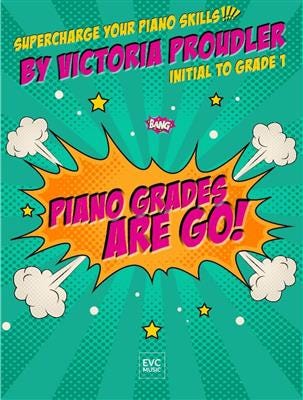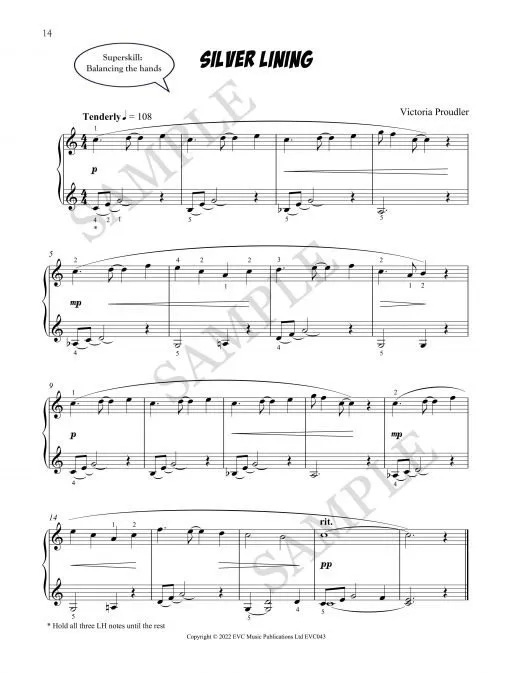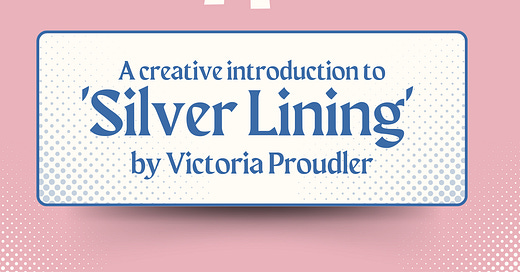A Creative Introduction to Silver Lining by Victoria Proudler
This lovely piece is part of ABRSM's Grade 1 syllabus
I’m a big fan of Victoria Proudler’s Piano Grades Are Go! series (published by EVC Music) and I’m far from alone. Concert pianist and pedagogue Murray McLachlan describes them as “vibrant, colourful, varied” and writes:
“from the craftsmanship point of view, Proudler proves to be sensitive of detail, consistently writing with care for the challenges of early pianism. The compositions elegantly present not only the notes, but also articulation, phrasing and dynamics that yield tactile and artistic pleasure. Many teachers will be all too aware that this is by no means always the case with new educational music for the preliminary stages.”
I couldn’t agree more. Writing appealing music for beginners is extremely difficult because there are so many restrictions that need to be taken into account. Proudler succeeds so comprehensively that I’ve actually started using this book to teach composition students about concision and craftsmanship in contemporary writing.

Several pieces from the book have proven popular but when I asked colleagues which one I should write activities for ‘Silver Lining’ proved particularly popular. Several colleagues requested it, including Madge Woolard and Alison Hart. (If you’d like to request a similar set of activities for a piece you enjoy teaching, leave a comment below!)
‘Silver Lining’ is a piece from book 1, and is currently featured on the ABRSM Grade 1 syllabus. It’s a lovely Etude that helps student develop hand balance.

How to teach a “Creative Introduction”
First, download the PDF and print off a copy for you and your student. (Feel free to print as many as you like!)
This new series of Creative Introductions are in two parts.
The first part is a duet designed for when you start teaching the piece. It helps your student understand the tonality and metre of the piece. They’ll play the scale (or scales!) in time with an accompaniment based on the original piece. There are a bunch of challenges to complete, including improvising, and I’ve included some suggestions to get them started with improvising.
The second part is designed to be used after your student has learnt the piece. It prompts them to think about how they could change it. This is a great opportunity to get them improvising and to review theory topics. Enthusiastic students might go so far as to write their own variation of the piece, which gives you an opportunity to improve their notation skills.
Requests are welcome!
I love writing these, especially when I know they get used. If you’d like me to write one for a piece you enjoy, let me know in the comments.







